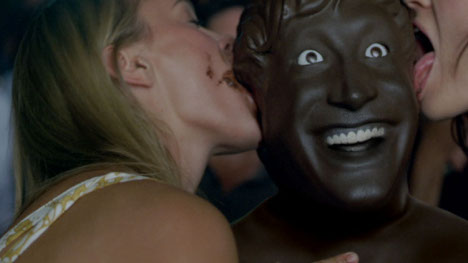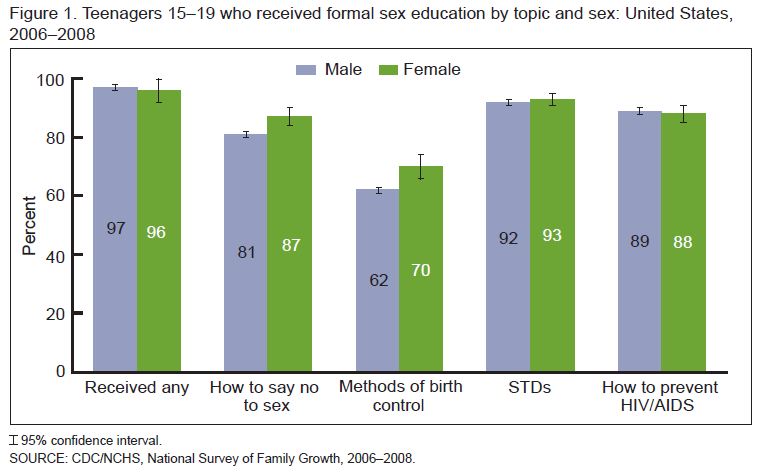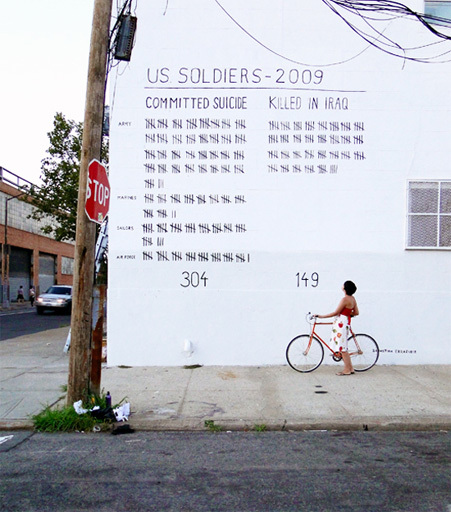Advertisers have mystified chocolate, portraying it as an intoxicant possessing the power to comfort, reward and satisfy women’s sexual desires. In doing so, these ads instruct the viewer to frame and interpret their own chocolate cravings in ways that overcome any resistance to consuming it.
To begin, consider this commercial for Dove:
Consider, also, this ad for Ferrero Rocher:
In particular, advertisers portray chocolate as satisfying female sexual desires. Such advertisements lead female viewers to understand their own desire for chocolate as a natural expression of their sexy femininity. The association of chocolate with luxury and the upper classes renders this sexuality socially acceptable. The symbolic sex is not that of the “crude lower class,” but the refined upper-class.
Text:
NOW IT CAN last longer THAN YOU CAN resist.
UNWRAP. INDULGE. REPEAT.
The misconception that chocolate is an aphrodisiac is exploited by these advertisements. The idea that chocolate contains chemicals that are similar to the mild-altering components found in ecstasy and marijuana, and evoke a feeling similar to falling in love, is now widespread. In actuality, studies have found that the amounts of these mood-enhancing chemicals are at such a low level that it is unlikely they lead to the euphoria that some feel when they consume chocolate. The findings of what could be called “chocolate propaganda research,” then, are negligible. Yet, marketing continues to perpetuate chocolate’s association with love and sex and its implied special relevance to women.
The association is so ubiquitous that it was mocked in an Axe commercial. Screenshot:
So why the insistence on indulgence?
Chocolate marketing must overcome the chief factor inhibiting women’s consumption: the fact that consumption of a fat, sweet food is inherently taboo for women, who are supposed to watch their weight. As a result, advertisers have replaced this food taboo with a sexual one. They have turned chocolate into a sexual, self-indulgent, private experience that invokes a taboo similar to that of masturbation. The intent is to equip her with an automatic inner-response to overcome her moment of self-restraint: the belief that chocolate consumption represents and enhances her femininity via satisfying her sexually, but tastefully, of course. Advertisers, then, overcome viewer resistance by shaping how they interpret and frame their own desires.
————————–
Jamal Fahim graduated from Occidental College in 2010 with a major in Sociology and a minor in Film and Media Studies. He was a member and captain of the Occidental Men’s Tennis team. After he graduated, Jamal moved from San Francisco to Los Angeles with the intention of working in the film industry as a producer. His interests include film, music, digital design, anime, Japanese culture, improvising, acting, and of course, chocolate!
If you would like to write a post for Sociological Images, please see our Guidelines for Guest Bloggers.




.jpg)











